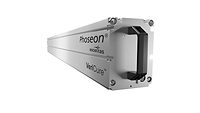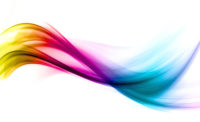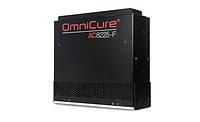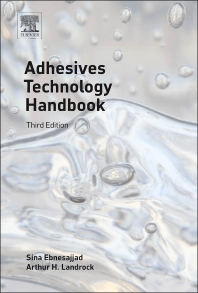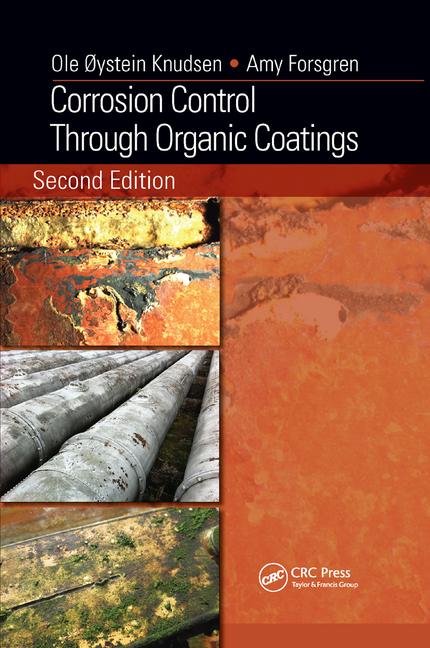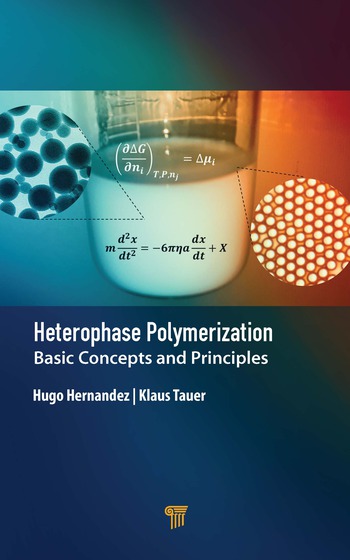Efficient Curing with Innovative UV Technologies
New options make curing processes more efficient and sustainable.










Ultraviolet (UV) coatings are cured by UV light. They contain almost no solvents that may evaporate during the curing process. Instead, the UV curing process is achieved through polymerization—a crosslinking reaction of the coating constituents. The photoinitiators contained in the coating play a decisive role and are prerequisite to the process. They absorb the photons of the UV light and convert their energy into chemical chain reactions until complete crosslinking has occurred. The result is the curing of the coating.
Medium-Pressure Lamps
Medium-pressure lamps have been used successfully for many years for UV polymerization. The advantage of their broadband emission spectrum is that photoinitiators can be used in a large variety of applications (see Figure 1). Their high energy enables high process speeds, but this often uses a lot of energy as well.
Medium-pressure lamps are available with different dopings to optimize curing, and high coat thickness can also be achieved without a problem. In specific applications, such as the coating of coniferous wood, the heat generated at the surface of the material often poses a challenge. In the case of low machine feed rates, for instance, this may result in damage to the substrate or applied coating.
Innovative UV Technologies
Modern UV light-emitting diode (LED) technologies offer new possibilities for optimizing specific curing applications. For example, because they are suited for cyclic operation, UV LEDs can be switched on and off without delay. As a result, energy is consumed only when it is needed, which substantially reduces the overall energy demand (see Figure 2).
The heat problem is also solved through the use of UV LED modules. Almost no heat occurs at the surface of the material because UV LEDs do not emit infrared radiation. This makes them well-suited for curing, especially for heat-sensitive materials such as coniferous wood or foils.
In addition, power output and dimensions of LED systems can be scaled. Thus, high process speeds of 60 m/min and more can be achieved without any reduction of the curing quality. Some modules are available with various wavelength configurations from 365-420 nm.*
As almost 100% of the spectrum is inside the UVA range, the curing effect of the LEDs is similar to that of gallium-doped, medium-pressure lamps. They achieve very high penetration depths (even in the case of thick coats) and ensure good adhesion of the coating to the substrate. In particular, the so-called pinning applications profit from this. The material is well-cured deep inside but remains slightly sticky at the surface. This means that the next layer adheres especially well.
Working distances of more than 10 mm represent another challenge for UV LED systems. The angle of radiation of LEDs is very wide, which means a lot of stray light and low intensity on the substrate if the working distance is too large. Micro-lenses can be used to qualify LED systems for industrial coating applications. They reduce the angle of radiation of the LEDs and enable working distances of 70 mm or more.
*The NobleCure® UV LED module developed by Heraeus Noblelight.
UVC High-Performance Modules
UV LEDs emit a monochromatic light spectrum. A result of this may be incomplete UV crosslinking of a coating. In particular, the surface may remain sticky due to the lack of radiation in the short wavelength range. To enable a wide variety of applications in spite of this, new types of UVC high-performance lamps can optimize the UV LED curing process.
UVC lamps radiate short-wave UV light in the spectral range of 200-280 nm (see Figures 1 and 3). This supplies the necessary photons that also cure the surface evenly. The UVC light clearly reduces oxygen inhibition at the surface. Such homogeneous surface curing is especially important prior to grinding or for the final sealing of the surface.
High-performance lamps with patented reflectors can increase the intensity of the lamps while energy consumption remains at low levels. Such low heat generation also makes the modules attractive for applications involving heat-sensitive materials. These lamps can boast extremely long service lives, which allows longer maintenance and servicing intervals and, in turn, reduced efforts and costs. Moreover, additional cleaning of the lamps is not necessary due to the special reflector.
As in the case of curing with UV LEDs, flexible radiation exposure distances of up to 70 mm and high process speeds of up to 60 m/min can be achieved with UVC high-performance modules without reducing the curing quality.
Combined Use of LEDs and High-Performance Lamps
If UV LEDs and UVC high-performance lamps are combined in a curing process, they represent an innovative alternative to conventional curing methods. Long life, low heat generation, flexible radiation distances and increased process speeds are decisive advantages. Low maintenance requirements and, above all, low energy consumption mean a substantial reduction of the process costs. Energy savings of about 75% compared to conventional methods is possible if UV LEDs are used in combination with UVC high-performance lamps (see Figure 2). The environment is also protected, as neither method releases ozone.
In addition, the combined use of both technologies provides new opportunities for simpler and therefore cheaper coatings formulations. Moreover, coatings formulated solely for UV LEDs tend to yellow during curing. Through the combined use of UV LEDs and UVC high-performance lamps, this effect is not more visible than if conventional medium-pressure lamps are used (see Figure 4).
Applications with different light sources can be tested to measure and compare the effects of UV light under varied conditions. In addition, an energy-efficiency check helps determine how money can be saved and energy can be used more efficiently in the curing process. Optimize your process for best curing results and test your UV application to keep surfaces appealing for a long time.
For more information, visit www.heraeus-noblelight.com.
Editor’s note: All images courtesy of Heraeus Noblelight GmbH.
Looking for a reprint of this article?
From high-res PDFs to custom plaques, order your copy today!



